When installing a plywood chair seat, begin by ensuring the seat platform is slightly smaller than the frame to accommodate foam and fabric, which will fill the gap. Use a high-quality plywood, like Baltic-birch, for its strength and void-free laminations. Cut slots into the plywood to increase flexibility and comfort.
For the foam layers, start with a dense base, adding a high-density band around the perimeter to prevent a 'muffin-top' appearance. Bevel the inside edge of this band to smooth the transition to the softer, medium-density foam in the center. Ensure the foam is slightly oversized to create a snug fit within the frame.
When covering the platform, use a neutral-colored cotton muslin as a base before the final upholstery fabric. Stretch the muslin and fabric evenly from the center outwards, securing with staples. Pay attention to fabric patterns and nap direction for a professional finish. Lastly, cover the bottom with a black polyester cloth for a clean look.
Support the slip seat with a plywood ring glued into the seat frame, which also reinforces the frame's strength. The thickness of this ring should correspond to the chair's size. By following these installation tips and best practices, you can ensure a comfortable, durable, and aesthetically pleasing plywood chair seat replacement.

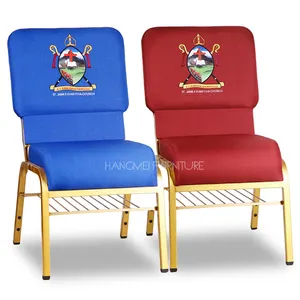
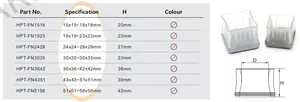



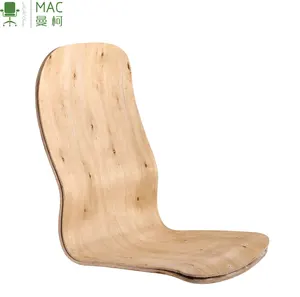


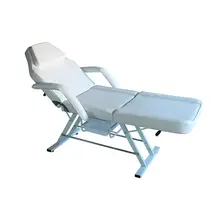

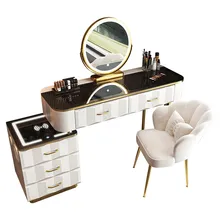





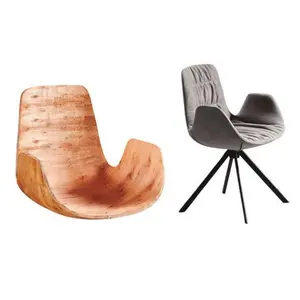
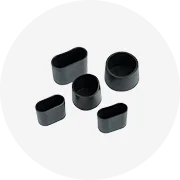
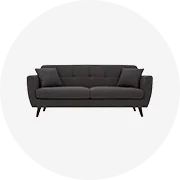
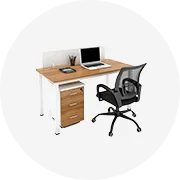

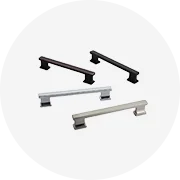
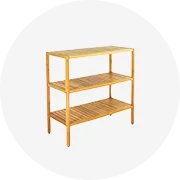

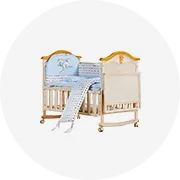











 浙公网安备 33010002000092号
浙公网安备 33010002000092号 浙B2-20120091-4
浙B2-20120091-4